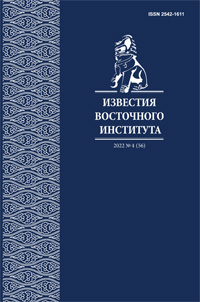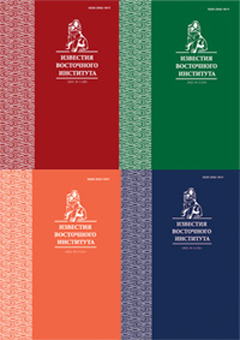Ценностные ориентиры тунгусоязычных народов: устойчивость и развитие
DOI:
https://doi.org/10.24866/2542-1611/2022-4/27-37Ключевые слова:
российский Дальний Восток, традиционное общество, тунгусоязычные народы, индигенный фольклор, социокультурные ценности, аксиологические ориентирыАннотация
На материале тунгусоязычного фольклора рассмотрены социокультурные ценности традиционного общества, имевшие значимость на разных исторических этапах. Исследование опирается на такие научные методы и подходы, как структурно-функциональный, сравнительно-исторический, типологический. Главное внимание уделено брачным нормам, обязанностям трудоспособных членов родового коллектива и взаимопомощи. В героическом эпосе отмечена идеализация явлений, ставших анахронизмами: кровной мести и многожёнства. Показано несовпадение реального поведения с ценностными установками, зафиксированными фольклором и принимаемыми общественным сознанием.





